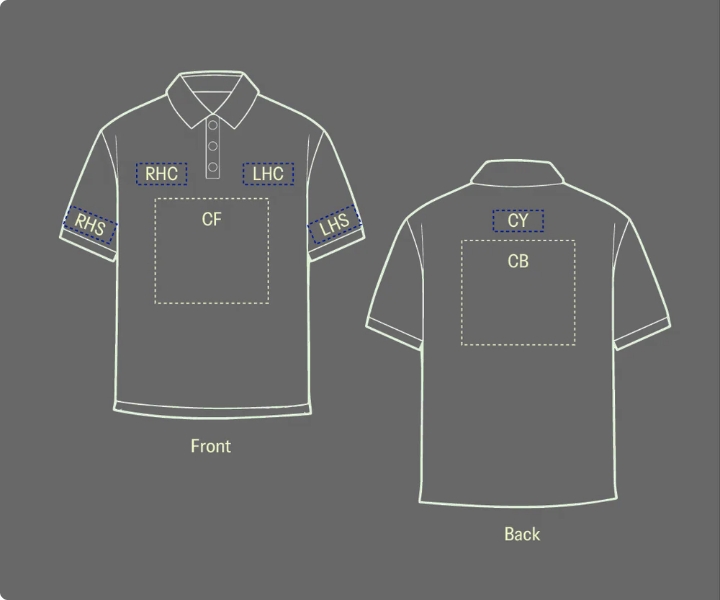Screen Printing Services in Melbourne
Screen printing infuses your design into fabric with precision and durability, using a mesh-based process that applies each colour separately and dries the ink for a long-lasting finish. This method is not only cost-effective for bulk orders, but it also excels with complex, large-scale designs on a variety of fabrics, making it the ideal choice for vibrant, customised and durable apparel.
Screen Printing Melbourne: High-Quality, Customised Workwear
Big Branding offers professional screen printing services in Melbourne that transform your workwear into powerful branding tools. Whether you need vibrant logos on uniforms or detailed designs on promotional apparel, our workwear screen printing ensures your team stands out with quality that lasts.
Why Choose Big Branding for Screen Printing Services?
At Big Branding, we pride ourselves on delivering reliable, high-quality screen printing in Melbourne. Here’s what makes us stand out:
- Precision and Durability: Our advanced techniques ensure vibrant, detailed prints that withstand wear and frequent washing.
- Cost-Effective for Bulk Orders: Ideal for outfitting large teams or running promotions, screen printing is an affordable option without compromising quality.
- Versatility: From work singlets to work hoodies, hi-vis workwear to corporate uniforms, we can print on a wide range of garments to meet your business needs.
Our Screen Printing Process
We make custom screen printing easy with a straightforward process that guarantees exceptional results:
- Consultation: Share your needs, including garment selection and design preferences, and we’ll help you choose the best options.
- Artwork Preparation: Provide your logo or design in a high-resolution vector format (AI, EPS, or PDF). Need adjustments? Our team is here to assist.
- Printing: Using state-of-the-art equipment, each colour in your design is applied separately for sharp, vibrant results.
- Quality Control: Every garment is inspected to ensure it meets our high standards before it’s delivered to you.
Industries We Serve with Workwear Screen Printing
Our screen printing services in Melbourne cater to various industries, helping businesses create cohesive and professional appearances:
- Construction and Trades: Durable, customised workwear designed to endure tough environments while promoting your brand.
- Corporate: Create polished, branded uniforms that reflect your professionalism and boost your brand’s visibility.
- Hospitality and Retail: Enhance your team's look with customised aprons, shirts, or polos that make your business memorable.
Workwear Screen Printing in Melbourne That Delivers
When you need dependable workwear screen printing, Big Branding has you covered. Whether it's a bulk order for your entire team or a small, customised project, we ensure your designs are vibrant, sharp, and built to last on any garment.
Ready to elevate your workwear? Big Branding offers industry-leading screen printing services in Melbourne to bring your brand to life.
Contact us today to discuss your requirements and get a personalised quote. Let us help you create workwear that makes a lasting impression while reflecting your brand's identity. Read Less

LOGO & ARTWORK

BRANDING
EXAMPLES OF OUR WORK
SCREEN PRINTING ARTWORK FILES
Submit your artwork in high-resolution vector files (AI, EPS, or PDF) for the best results. These formats ensure your logo or design’s finest detail and colour accuracy. Our team of experts will guide you through the preparation process and ensure your artwork aligns with your brand and colours.
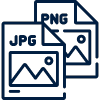
FILE
Vector file format is required to ensure best production outcomes. Accepted file formats: PDF, EPS, SVG, Ai. Please include your style guide where available.
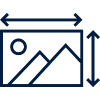
SIZE
Once we have received your vector file, we can rescale to appropriate size. *Typical breast size for breast position is 100mm wide. This may vary depending on the specifics of your logo and garments in your order.

COLOUR
Vector files contain colour codes for us to reference in the production of your order. Pantone colour system is always preferred. Thread colours are matched to pantone by ‘best match’.
We are highly experienced graphic designers, and our in-house team understand how to make your uniform work for your organisation.
SCREEN PRINTING FAQS
10,000+
Satisfied businesses under our belt
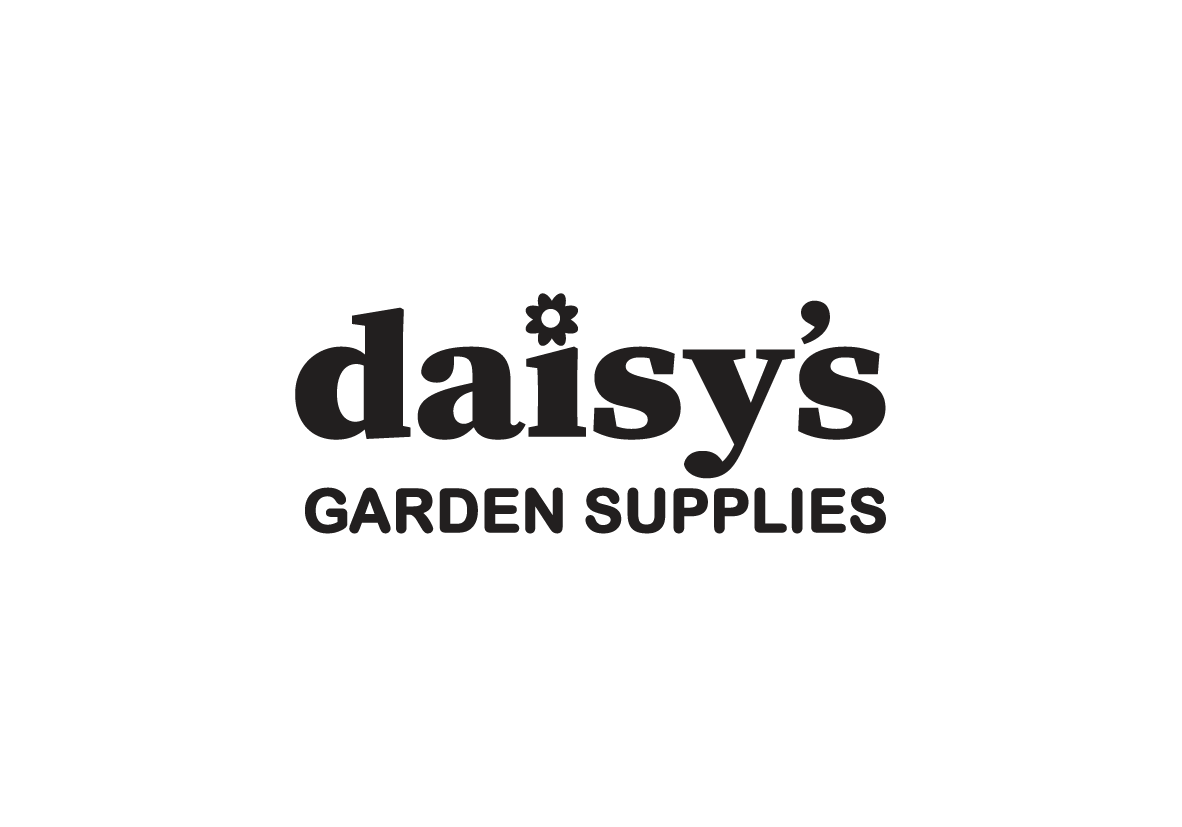

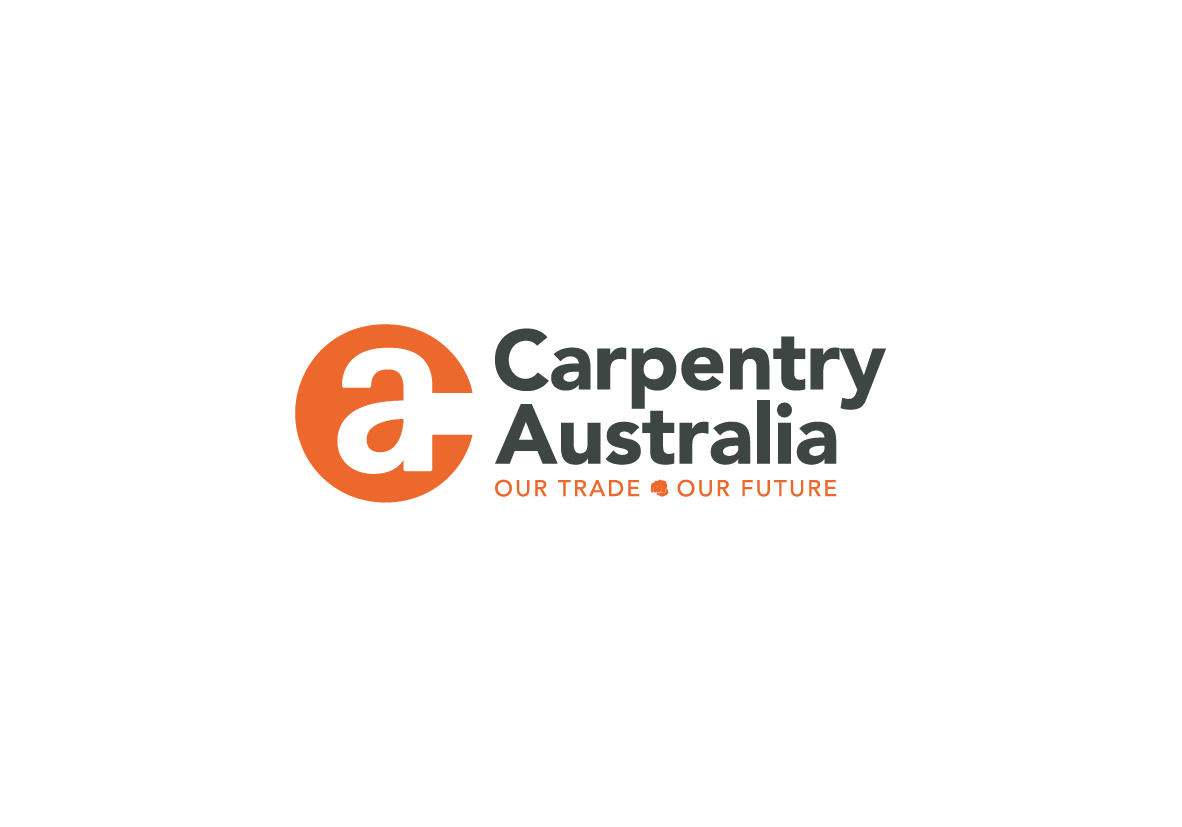
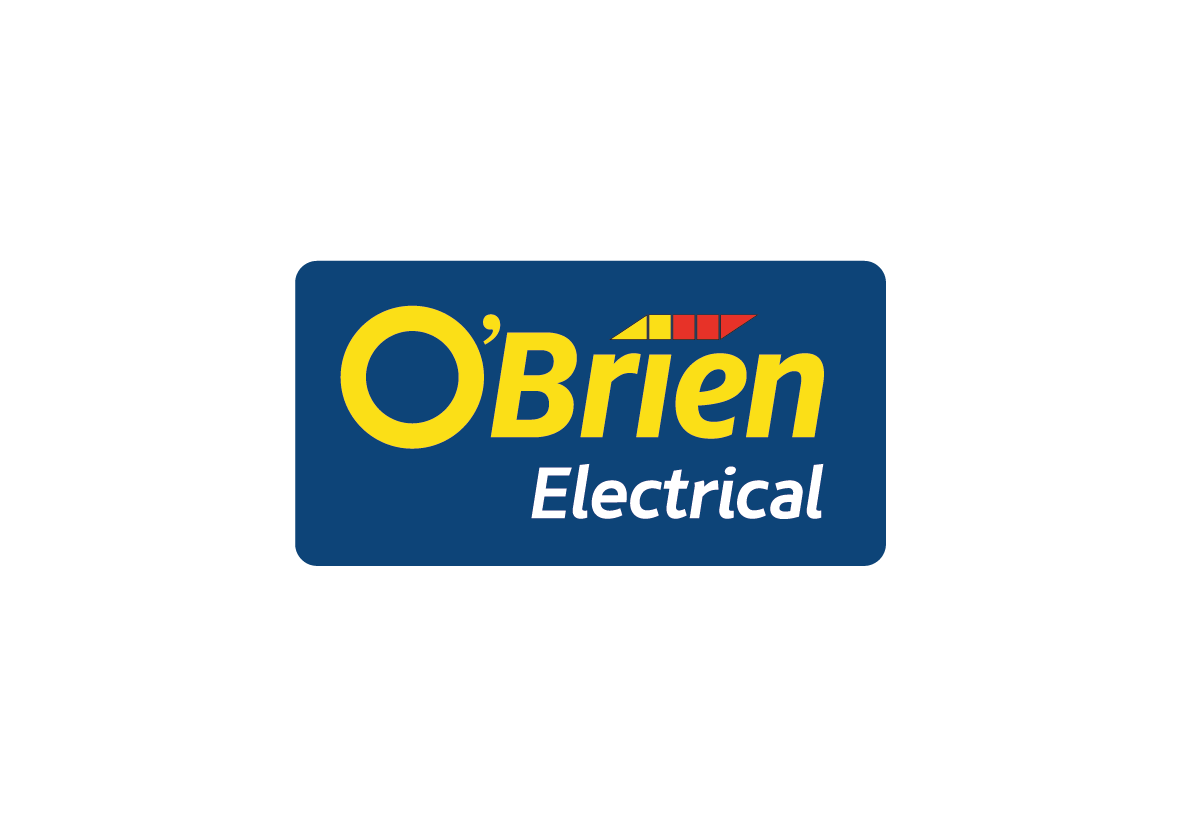
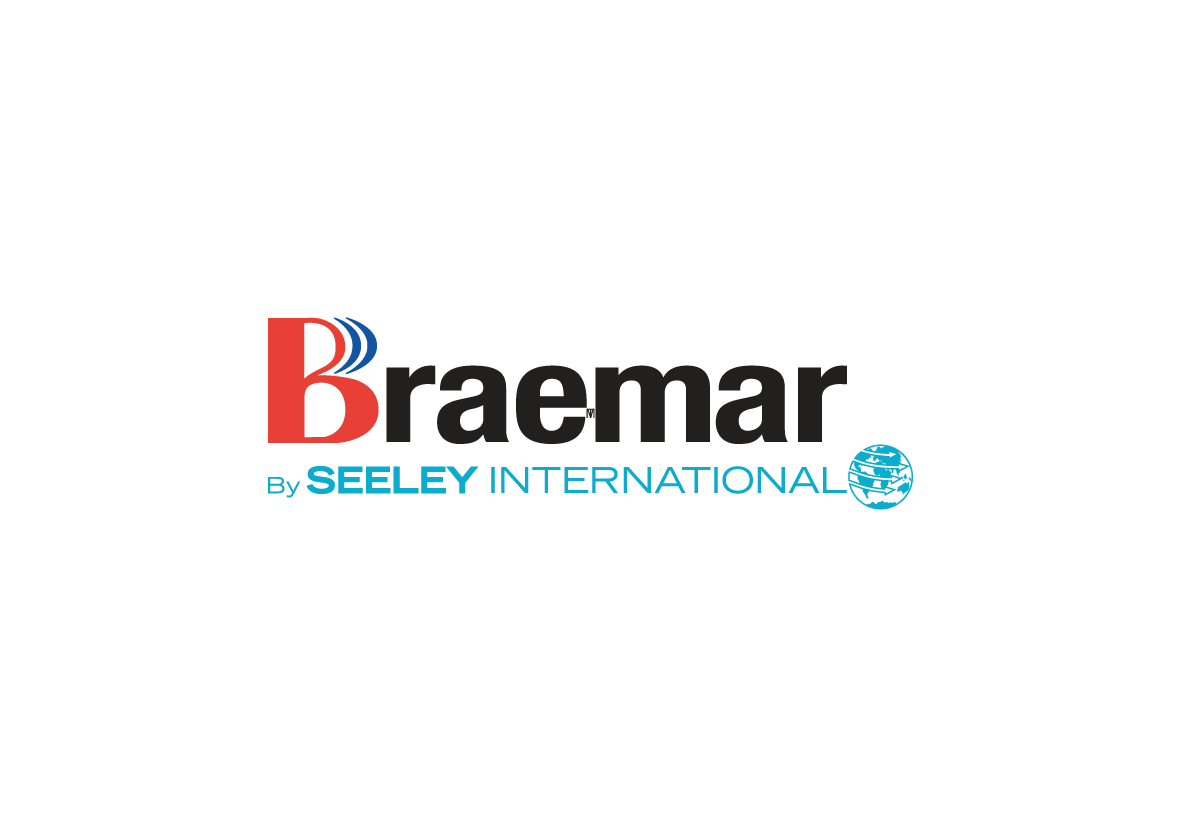
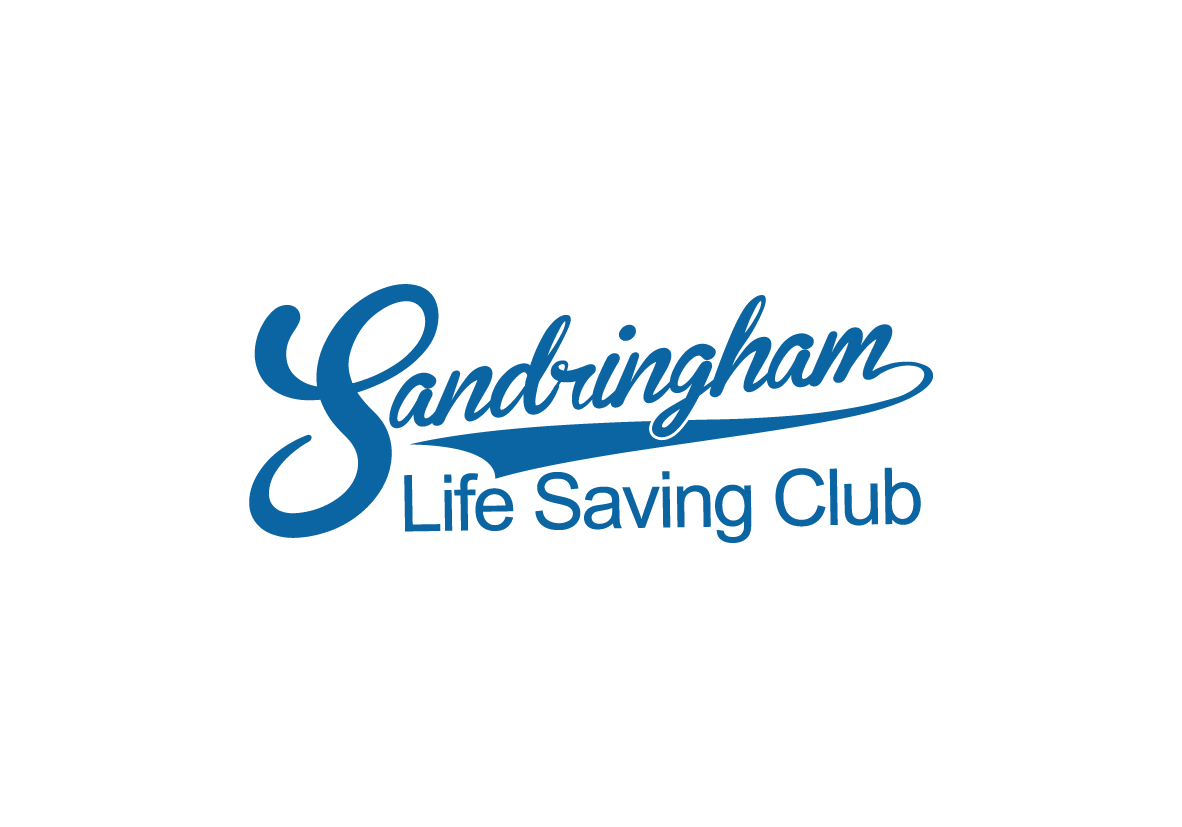
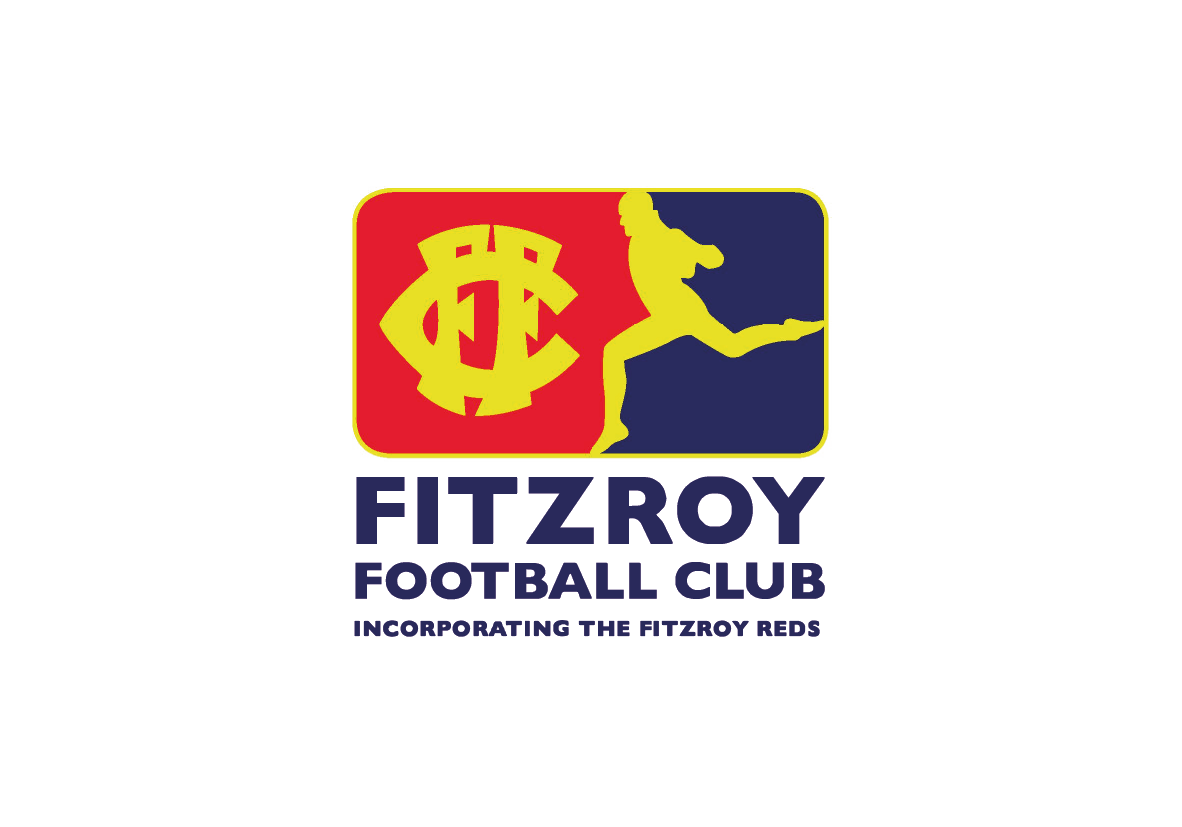
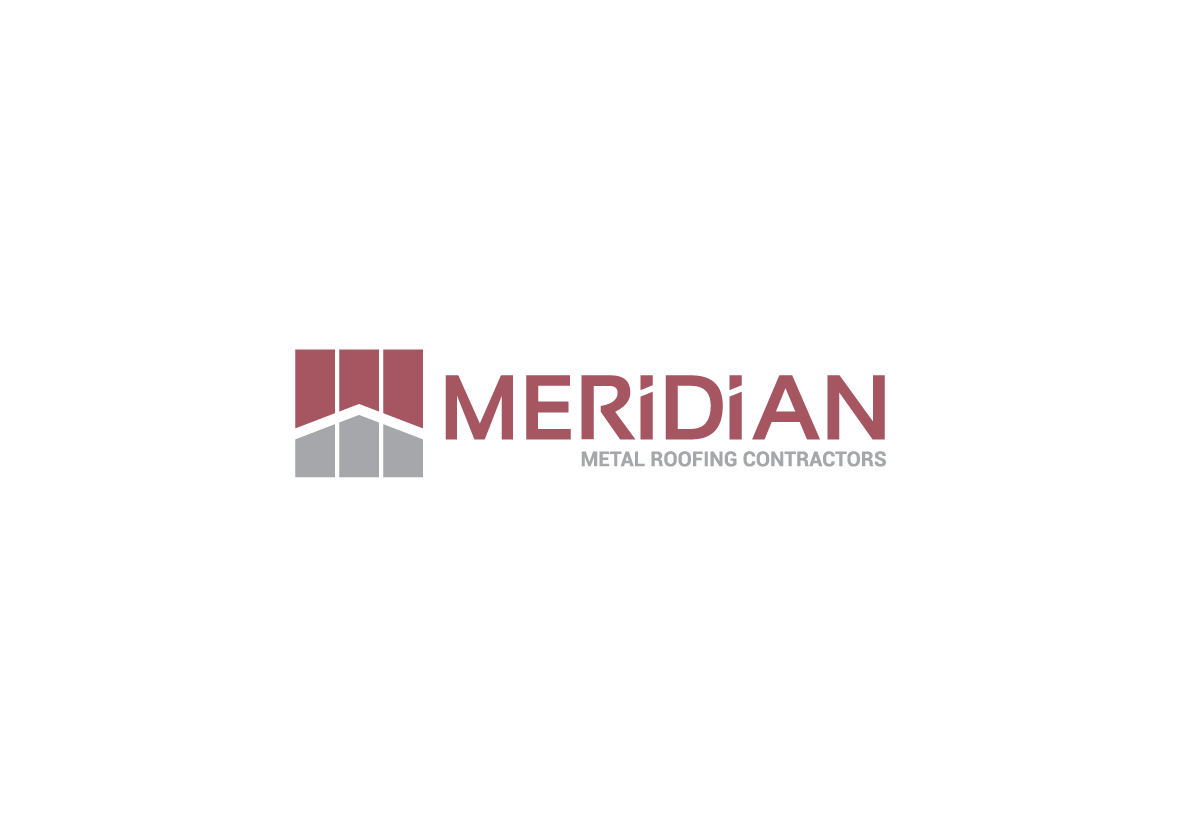
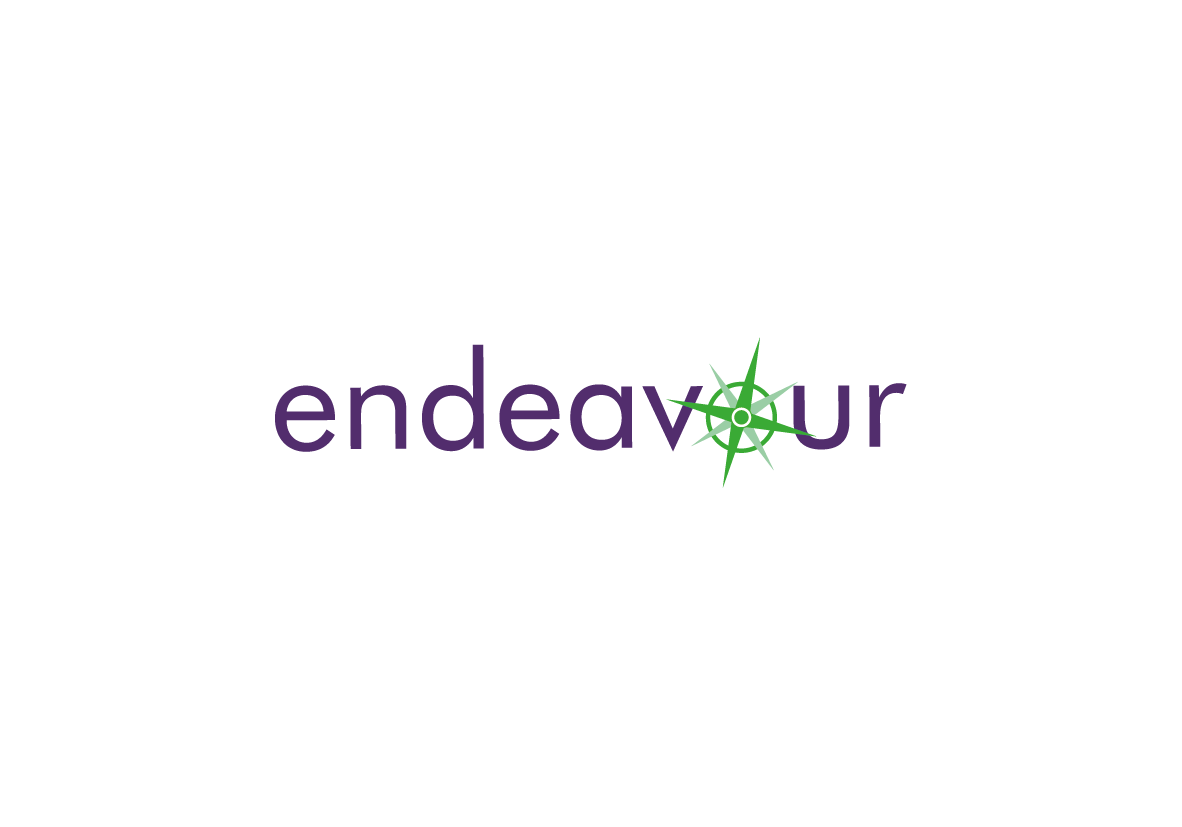

Unlock Tailor-Made Updates
Discover the latest workwear trends and receive exclusive offers straight to your inbox.
By clicking Subscribe you’re confirming that you agree with our Terms and Conditions.








